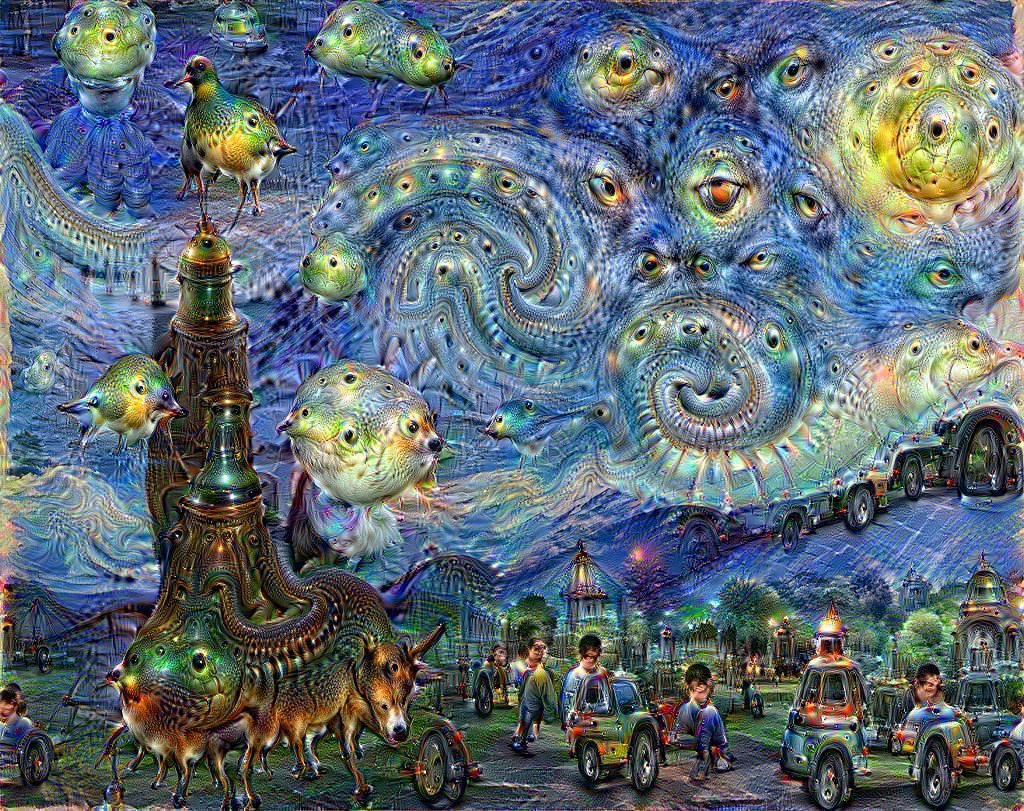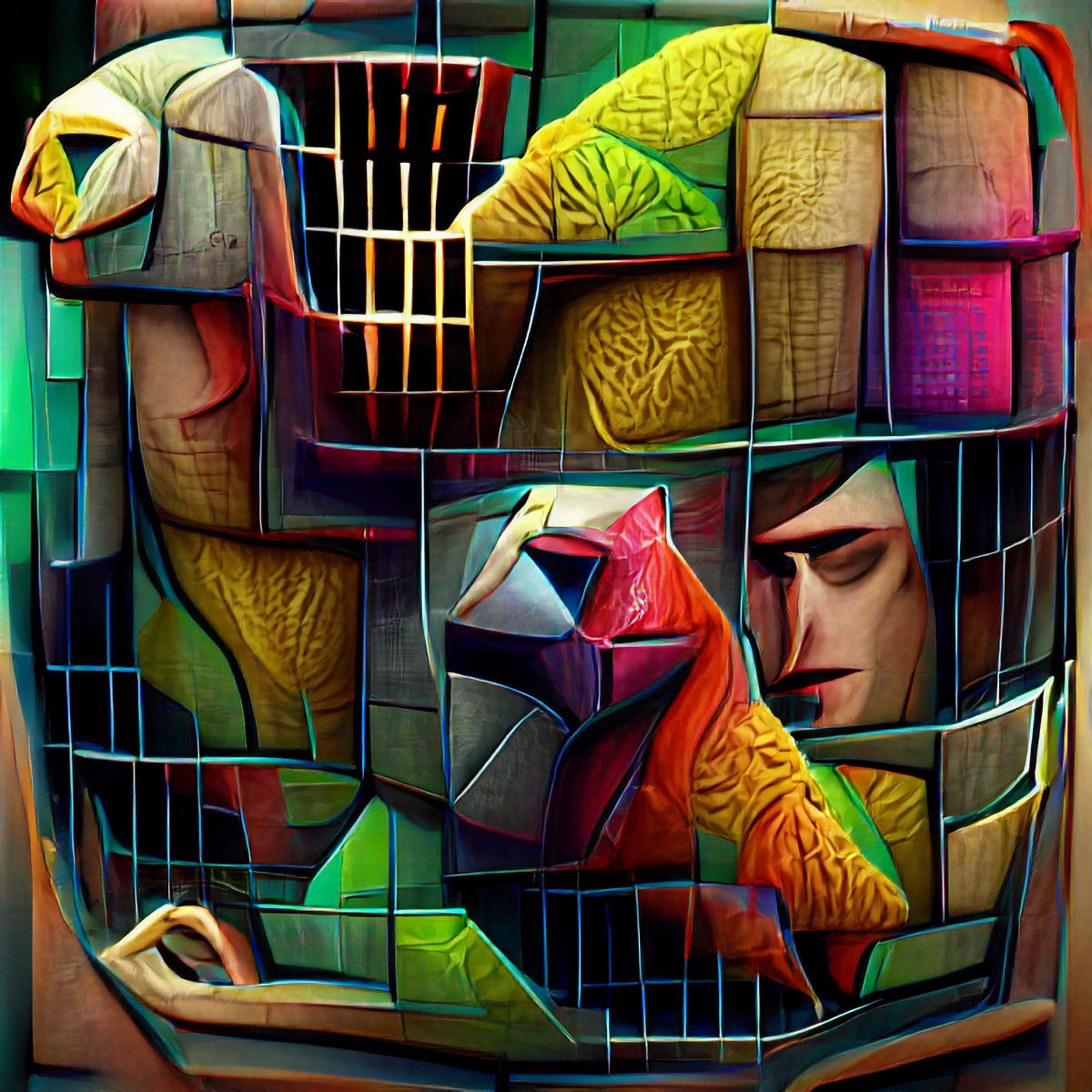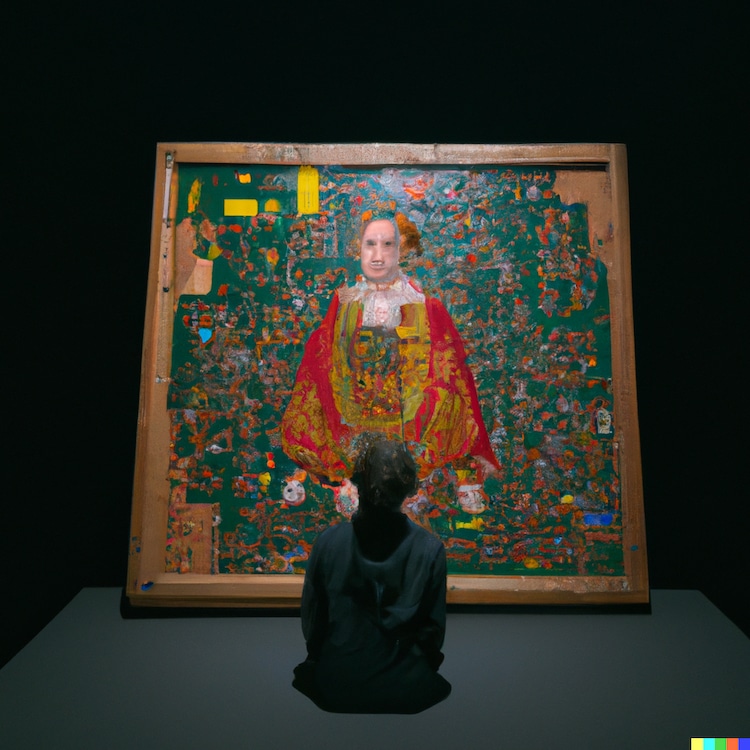More On: AI
In today's increasingly isolating society, numerous solitary individuals are seeking solace in an unexpected haven: AI-generated companions, driven by advanced chatbot technology
Songs used in Presidential Campaigns: A Quick History and Other Musical Thoughts
Being at Your Workplace Isn’t Enough Anymore
AI systems like ChatGPT depend on a large group of 'trainers' who each make $15 per hour
A senior judge says that AI could take the place of judges in UK court disputes
New tools often have a way of stoking grand claims about their impact. When the camera came along, painters said that art was done for. Do you recognize it?
In Paris in late 1839, just a few months after an early type of photograph called a daguerreotype was shown to the world, there was a funny picture that warned what this tiny picture meant. In Théodore Maurisset's mind, the daguerreotype would cause a mass hysteria called La Daguerréotypomanie, in which people from all over the world would come to a small photo studio and run it over. Some people in the crowd want pictures of themselves, but, holy cow, others want cameras so they can take their own pictures. Maurisset shows them loading the cameras like contraband onto steamships going to foreign ports, and still others come to look at this newfangled thing and all the crazy things going on around it. The noise is so loud that it causes a mass hallucination in which almost everything else in the area around the studio, such as railroad cars, a clock tower, a basket for a hot air balloon, and anything else that looks even slightly boxy, turns into a camera. As the crowds march to the studio, they pass by half a dozen gallows where artists have hung themselves because of the daguerreotype. People hardly pay attention.
What a commotion! What a mess! Well, why not? Before photography, painters were almost the only ones who could show things artistically. People thought that their craft was the best way to make images. (Printmakers and illustrators had their own ideas about how valuable their pictures were, but most painters thought of them as less important.) But now those stupid photographers would get the job, even though most of them were just beginners or, even worse, dishonest or failed artists. Around 1840, when the French painter Paul Delaroche saw a daguerreotype for the first time, he was said to have yelled, "From today on, painting is dead!" Many of his students soon switched to photography.

The early relationship between painting and photography is not exactly like the problem caused by AI-made art today. Image generators like DALL-E 2, Midjourney, and Stable Diffusion can change a painting in ways that a camera could never do. But compare what Delaroche said to what Jason Allen of Pueblo West, Colorado, said when he won first prize for an AI-made piece of art at the state fair last September. Even though the $300 prize was small, Allen was still proud of himself. "Art is dead, dude," he said afterward. "That's it. AI won. Humans lost." When new tools come out, people often make big claims about how they will change the world. This gives us a chance to think about what the past can teach us about their future.
At least painting didn't die out in the 1800s. Or maybe even catch a cold. Painters didn't lose their jobs, and Delaroche went on to make some of his biggest and most ambitious paintings. I think he wasn't really worried about being replaced, but he and others made it seem that way because it made for good gossip and gave them a chance to complain about how tasteless or just plain rude critics were. It was also good for business.
Still, Maurisset's idea of a large group of people destroying the landscape wasn't completely wrong. There were a lot of different kinds of people who wanted to be in front of the camera or get one for themselves. They were mostly from the middle and working classes and had almost no ability to buy or make pictures before. Most of the people who supported painters were from the upper class. During the same time that reforms were made to give more people the right to vote and slavery was outlawed (first in the UK, then in the US), the camera took on a more democratic feel. Frederick Douglass, the great abolitionist and former slave, was so interested in what it could do that, during his life, he had more than 160 different portraits of himself made, which was more than any other American in the 19th century. He did this because he thought that by doing so, he could prove his worth and dignity. The camera could be used by anyone (it wasn't, but that's what sitters like Douglass were told), which hadn't been said much about painting before.
In the beginning, painters and photographers had different markets, and photographers had a hard time getting into the exclusive world of the fine arts, both in terms of training and showing. Even the most skilled and art-minded photographers had to fight against the low status the art establishment gave their work. While studio painting became a standard college course in the 1860s (at least in New England), it took photography another 75 years to get a foothold in higher education. Art museums didn't start buying and showing photographs often until the 1930s.
The first cameras were usually big machines that needed a sturdy tripod and a lot of fiddling with chemicals to make a negative that could be used. They had slow shutters and needed a lot of light. Since the negatives needed to be developed and fixed right away, they almost always needed a darkroom close by. So, they were best for things that didn't move much, like objects around the house, buildings, landscapes, and cityscapes—basically anything that didn't change the focus or exposure. When the first photographers went to the battlefield, they didn't look for the intense action of a battle, but rather the dead bodies they could find afterward. In a strange way, the pictures that came out of it made painters want to paint even more still or frozen subjects, and they helped flip the order of painters' goals from trying to paint complicated stories to painting scenes and objects from everyday life.
Not only did cameras change what people saw, but they also made people more aware of the subtleties of how they saw. Especially after hand-held cameras became popular, painters found new ways to look at things that weren't good enough for the canvas before. These included the casual glance, the quick peek, the uncomfortable stare, and, in a more racy vein, the paparazzi glare, the voyeuristic peek, and the secret spying. Beyond that, there's always the chance that a photo will be blurry, out of focus, unintentional, or just a happy accident. It's a given in the history of art that modernist artists used all of these techniques. In fact, it's hard to look at late-19th-century masterpieces like Monet's sun-drenched, blurry haystacks, Renoir's leafy, happy café scenes, or Degas's strangely placed, yawning, stretching, off-kilter ballerinas and not see the influence of photographs.
The influence worked in both directions. To photographers who thought of themselves as artists (as opposed to "operators," who they thought were just commercial hacks), the darkroom was like a painter's studio, and touching and retouching the negative was like studio work. Julia Margaret Cameron, the great Victorian photographer who remade scenes from English literature, often messed up the large glass plate negatives. She got her fingers all over the emulsion, smudged the surface, overexposed and underexposed the print, and awkwardly brought out the parts of the image that weren't in focus or weren't meant to be there. Those were flaws that a commercial photographer would try to avoid. Cameron, who was rich on his own and didn't care much about what other people thought, thought these were things to work on because they were most like the unique choices and hand-crafted manipulations of the genius-painter.

Photographers who cared about public opinion and making money often cropped and edited their negatives, drew on them to darken contours or outline figures, scratched out details that were ugly or annoying, and helped their customers make prints that could be used. In all of these tricks, they used a sense of beauty that was developed by painters. When a portrait or landscape looked like it was painted, it was right. This knowledge was used by Scotland's first photography team. Robert Adamson, who was trained as an engineer and millwright, took the photos and gave the negatives to his partner, David Octavius Hill, who was a painter, to make them look better. For portraiture, trade magazines soon came up with the term "the Rembrandt style" to describe how the photographer should control the lighting and place the subject to get a good picture. And, in a phrase that showed how some photographers wanted to be thought of, the journals often called them "sun painters" who used the light from the sun as a "painterly" tool.
Even so, most people of the time still thought of photography as a technology that cut out the human touch. The sun, the camera, the lens, the shutter, and the silvered surface seemed to do all the work. The operator seemed to do little more than start the process. Sure, you had to know about chemicals, glass, and optics, and you had to be able to handle smelly fumes, but those things weren't seen as important to art. They weren't seen as important to the painter's main and usual concerns with oils and brushes and turning feelings and thoughts into visual expressions. It's not the same as what many artists say about AI-generated pictures today, which is that they don't have any imagination or originality. But you get the point: the new tool is fake and has no color.

From the point of view of 1839, the chance to work together might have seemed like the most unlikely change in the art world. Many of the first people to see a camera thought that the black-and-white image it made was a sign of how new and modern it was, but the demand for color quickly grew the craze. In response, photographers started hiring painters, who added all kinds of colorful details to photographs, often with oil paint but also with water colors, crayons, and even chalk. The practice started early on in Europe and became very popular and well-honed in Japan. In the United States, photographers appealed to people's vanity in a more flamboyant way. A sitter wanted rosier cheeks? You got it! Some blue eyes, maybe? Let's try out some different colors. Or what about a sitter who wanted something she couldn't bring to the studio, like a diamond ring, but didn't have the money to buy it? Done! Over time, sometimes the ways people worked together got more organized. In the treaty ports of China, for example, some business owners set up shops with separate departments for photography and painting and sold both to customers.
No matter what Delaroche and Maurisset said, or what Jason Allen says now, it's always too soon to say that painting or painters are dead. Painting will always be a fine art because a large part of the high-end gallery scene depends on and promotes it. And for many people, putting brush to canvas is a personal and joyful way to express themselves that can't be done any other way. But if the dance between painting and photography in the 19th century is any indication, there will be a time when artist and machine will influence each other, give and take, and maybe even work together. Degas once said to a painter friend who didn't want to do anything new, "You need the natural life. I, the man-made."
** Information on these pages contains forward-looking statements that involve risks and uncertainties. Markets and instruments profiled on this page are for informational purposes only and should not in any way come across as a recommendation to buy or sell in these assets. You should do your own thorough research before making any investment decisions. All risks, losses and costs associated with investing, including total loss of principal, are your responsibility. The views and opinions expressed in this article are those of the authors and do not necessarily reflect the official policy or position of USA GAG nor its advertisers. The author will not be held responsible for information that is found at the end of links posted on this page.
















